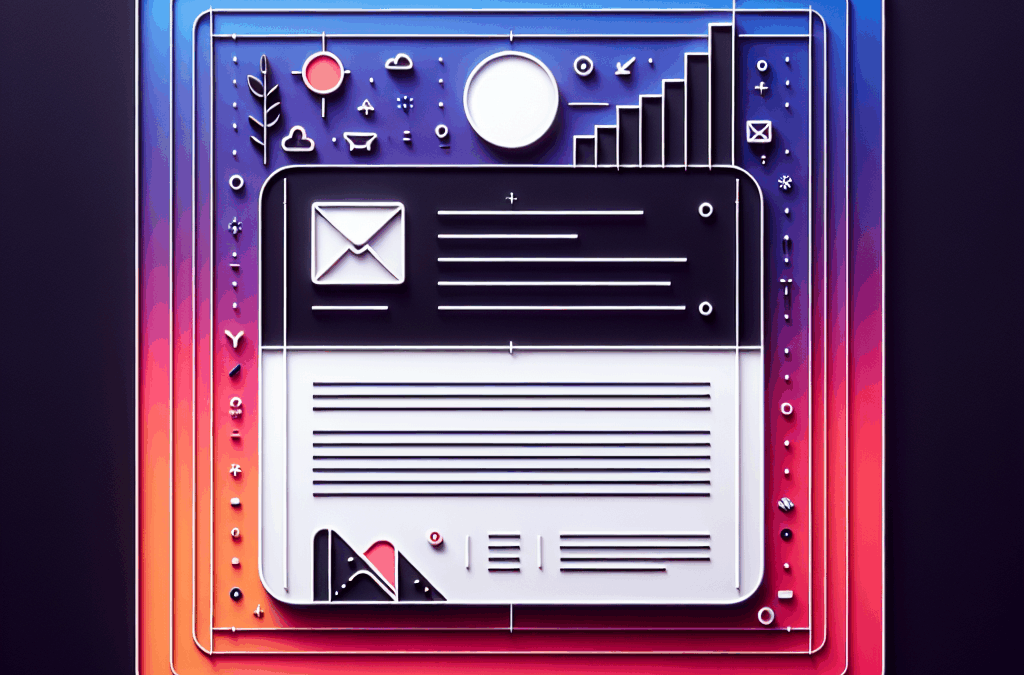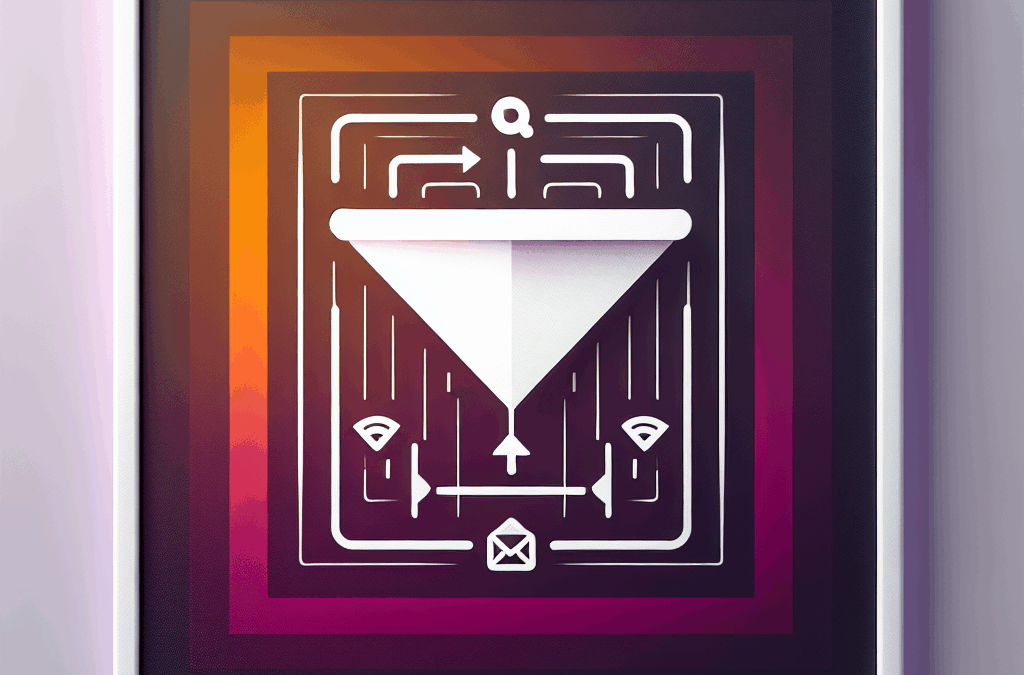5 Essential Elements of a Modern Website Design
The digital landscape is evolving at a rapid pace, and your website must keep up. Gone are the days when simply having a website was enough. Today, a well-designed website is essential not just for user experience but also for search engine rankings, brand credibility, and conversions. To compete in this fast-paced environment, your website must incorporate the 5 essential elements of modern website design: responsive design, clean UI/UX, user-friendly navigation, fast loading speed, and integration of modern visuals and multimedia. Whether you are redesigning an existing site or building from scratch, paying attention to these core elements will ensure your website remains relevant, effective, and engaging.
Why Modern Website Design Matters
Website design is more than just an aesthetic choice. In today’s digital-first world, your website serves as your brand’s face. A poorly designed site can turn potential customers away, reducing your traffic, conversions, and even reputation. A well-crafted design, on the other hand, provides a seamless experience for users, encourages them to explore your offerings, and leads them down the path to becoming loyal customers.
The essential elements we’re about to explore aren’t just trendy—they form the backbone of websites that are both functional and delightful to use.
Responsive Design: The Foundation of a Modern Website
One of the most critical elements of modern website design is responsiveness. With the explosion of devices—from desktops and laptops to tablets and smartphones—your website must look great and function seamlessly on any screen size. A responsive website automatically adjusts its layout, images, and content according to the device it’s being viewed on, ensuring an optimal experience for all users.
Failure to implement responsive design means alienating a large chunk of your audience. Google, too, prioritizes mobile-friendly websites in its search rankings, so it’s essential for both user experience and SEO. Statistics show that mobile devices account for over half of global web traffic, making this element indispensable for any website.
How to Ensure Your Website is Responsive
- Flexible Grids: Use flexible grid layouts that adjust based on screen size.
- Media Queries: Incorporate CSS media queries to define different styles for varying screen resolutions.
- Flexible Images: Ensure that images scale properly without losing quality or breaking the layout.
- Test Across Devices: Use tools like Google’s Mobile-Friendly Test or BrowserStack to check your site’s performance on multiple devices.
Clean UI/UX: Simplifying the User Journey
User interface (UI) and user experience (UX) play an integral role in modern website design. Clean design ensures that visitors can easily navigate and interact with your website without feeling overwhelmed or confused. Simplicity, when executed well, eliminates unnecessary clutter, helping users find what they’re looking for quickly and effortlessly.
A minimalist, clean design doesn’t mean boring; it means delivering a refined and intentional experience. For example, easy-to-read fonts, whitespace, and strategic use of colors guide users’ attention to the most important elements on a page.
Key Aspects of Clean UI/UX
- Whitespace: Whitespace improves readability and breaks up dense content, giving your site a sleek look.
- Consistency: Fonts, colors, and buttons should be consistent across all pages.
- Intuitive Layout: Use familiar design patterns, such as a standard header and footer, and ensure navigation feels natural.
- Accessible Design: Follow web accessibility standards, like ensuring text contrast and button sizes are accessible to users with disabilities.
A clean UI/UX design keeps users engaged and leads them toward conversions without any friction.
The third essential element is user-friendly navigation. Imagine visiting a site that looks fantastic, but you can’t find what you’re looking for—frustrating, right? Proper navigation is like the backbone of your website; it ensures that users can easily move between pages and find the information they need quickly.
The best navigation is often the simplest. A clear and intuitive menu at the top of the page (sometimes referred to as a “sticky” menu) allows users to access any part of the website with minimal effort. Including a search bar is another effective tool, especially for content-heavy websites, as it enables users to quickly find specific information.
- Logical Menu Structure: Organize menu items in a way that reflects how users would logically explore your site.
- Descriptive Labels: Use clear, descriptive terms for menu items so users know exactly what they’ll find.
- Breadcrumbs: Add breadcrumbs to show users their location on your site and enable easy backtracking.
- Mobile Navigation: For mobile users, incorporate a collapsible “hamburger” menu to save space while maintaining functionality.
Good navigation reduces bounce rates and keeps users on your website longer, increasing the likelihood of conversions.
Fast Loading Speed: Enhancing Performance and SEO
The importance of website speed cannot be overstated. In fact, loading speed is one of the top factors affecting user experience and SEO rankings. According to Google, the probability of a user bouncing increases by 32% when page load time goes from 1 to 3 seconds. Therefore, it’s essential that your website loads quickly on all devices, particularly mobile.
Several factors influence site speed, including the size of images and files, server response times, and whether or not caching is enabled. Google also uses site speed as a ranking factor, so if you want to climb the SERPs, a fast website is a must.
How to Improve Your Website’s Speed
- Compress Images: Use tools like TinyPNG or JPEG-Optimizer to reduce image file sizes without losing quality.
- Enable Browser Caching: This allows returning visitors to load your site faster by saving parts of your website on their devices.
- Minify CSS, JavaScript, and HTML: By removing unnecessary code, you reduce file sizes, which helps with load times.
- Use a Content Delivery Network (CDN): CDNs store your content across multiple servers worldwide, ensuring faster delivery based on users’ geographic locations.
Speed matters because it can significantly affect your bottom line, as every second counts in the digital world.
Modern Visuals and Multimedia: Creating Engaging Experiences
A modern website design isn’t complete without engaging visuals and multimedia elements. This includes everything from high-quality images and videos to animations and interactive graphics. Using visually appealing content can captivate your audience, help convey complex ideas quickly, and make your brand more memorable.
However, visuals must be used wisely. Too many images or videos can overwhelm users or slow down your site. Striking a balance between aesthetics and functionality is key. Videos, especially, have grown in importance; they are not only an effective storytelling tool but also a great way to increase dwell time on a webpage.
Best Practices for Visuals and Multimedia
- Use High-Resolution Images: Crisp, clear visuals reflect professionalism and enhance your site’s credibility.
- Incorporate Video: Whether it’s for product demonstrations, testimonials, or background loops, video content is a powerful tool for engaging users.
- Interactive Elements: Include sliders, galleries, or scroll-triggered animations to provide an immersive experience.
- Optimize for Speed: Always compress multimedia files to prevent slow loading times.
Strategically placed multimedia can transform a flat website into an engaging, interactive platform that invites users to stick around.
5 Essential Elements of a Modern Website Design: Putting It All Together
These 5 essential elements of modern website design—responsive design, clean UI/UX, user-friendly navigation, fast loading speed, and modern visuals—aren’t just optional features; they’re critical components for success in today’s online world. By incorporating these elements into your website, you’ll provide an enjoyable user experience, boost your SEO, and ultimately drive more conversions.
Your website is often the first point of contact with your customers, so investing in its design and functionality is crucial. Websites that follow these principles not only stand out visually but also offer a smooth, intuitive experience for all visitors. This creates lasting impressions and builds trust, ensuring your brand stays competitive in a crowded digital landscape.
FAQs
What is responsive design, and why is it essential?
Responsive design ensures that your website looks and functions well on all devices, including desktops, tablets, and smartphones. It’s vital because it improves user experience and SEO rankings. You can learn more about this from Google’s mobile-first guide.
How can I make my website’s UI/UX clean and user-friendly?
To achieve a clean UI/UX, focus on simplicity. Use consistent fonts and colors, employ whitespace effectively, and ensure intuitive navigation that doesn’t overwhelm users. Nielsen Norman Group offers a comprehensive guide on usability principles.
Why does website speed affect SEO?
Google uses website speed as a ranking factor, and slower websites often have higher bounce rates. Improving speed can boost your site’s SEO and enhance user experience. Use tools like Google PageSpeed Insights to monitor and optimize your website’s speed.
How can multimedia elements improve my website?
Multimedia, such as videos and animations, can engage users and help communicate information more effectively. However, it’s essential to optimize them for faster loading times. Learn more from Wistia’s video guide.









